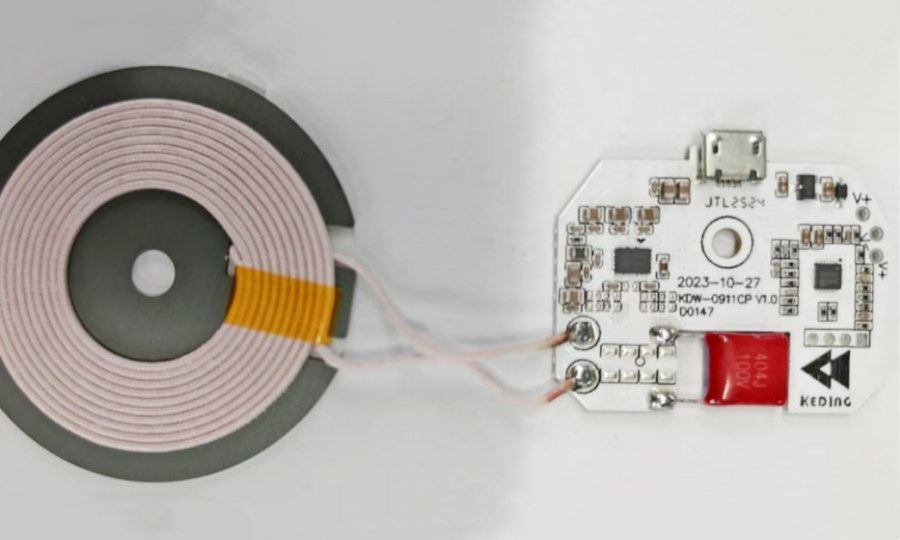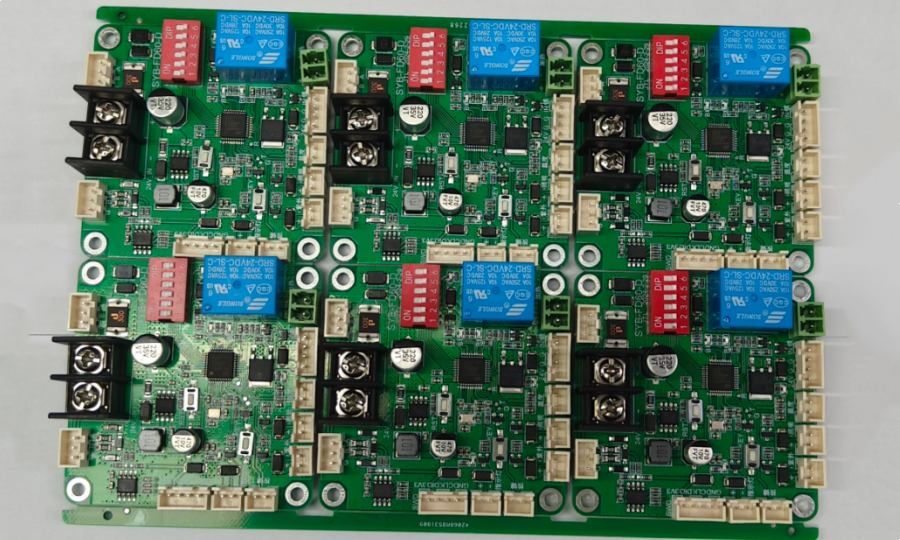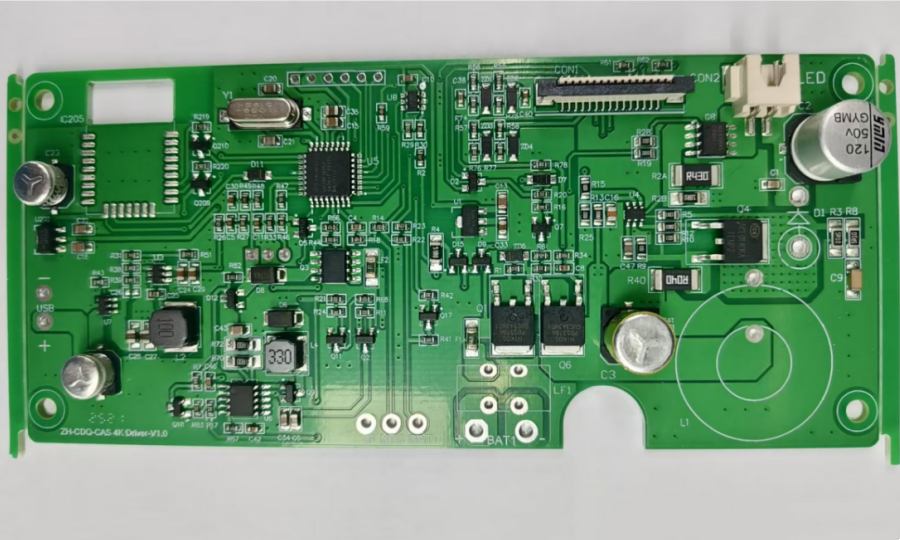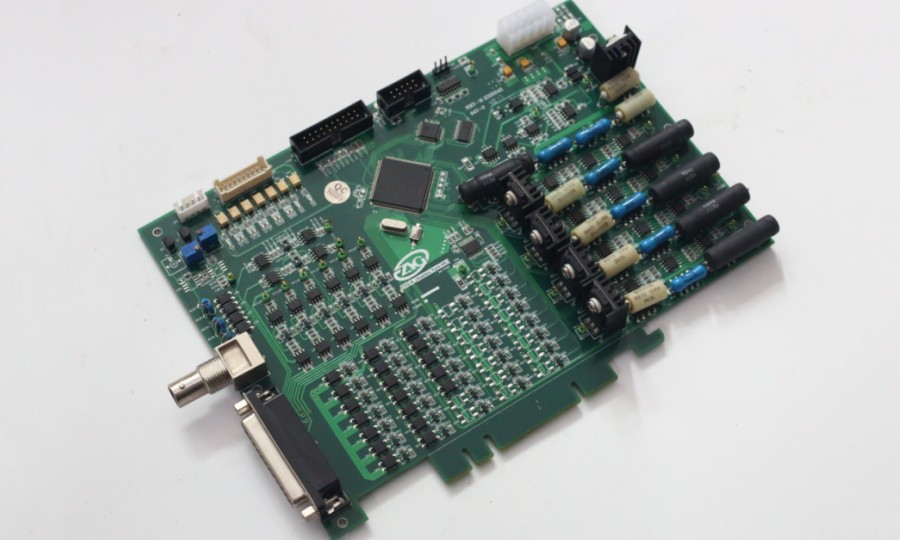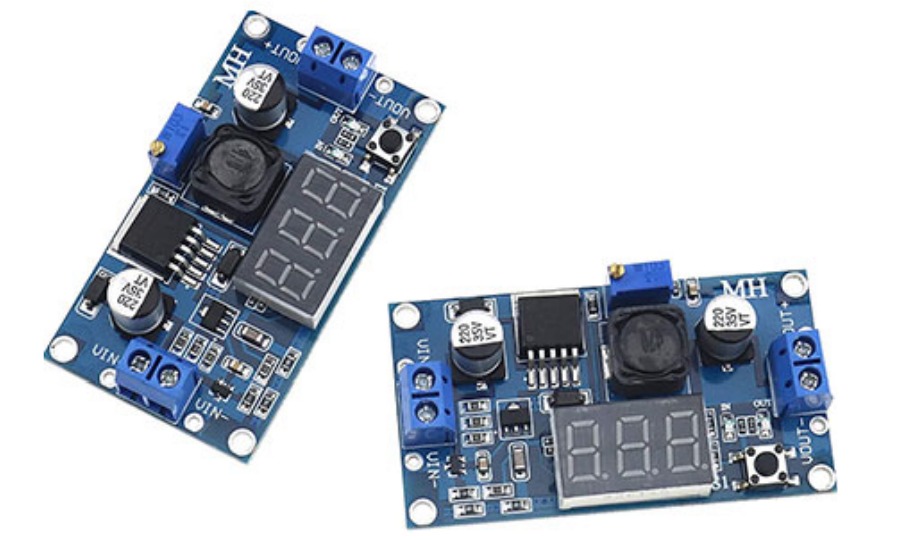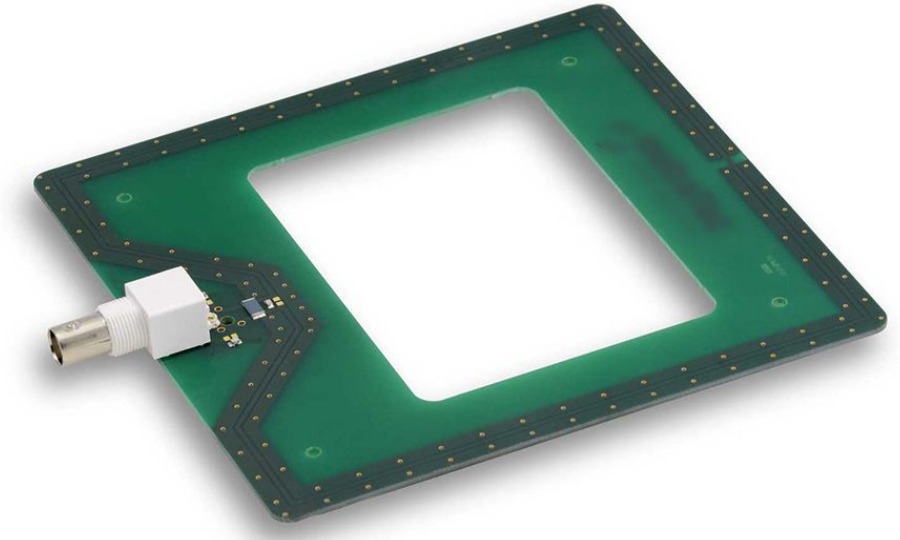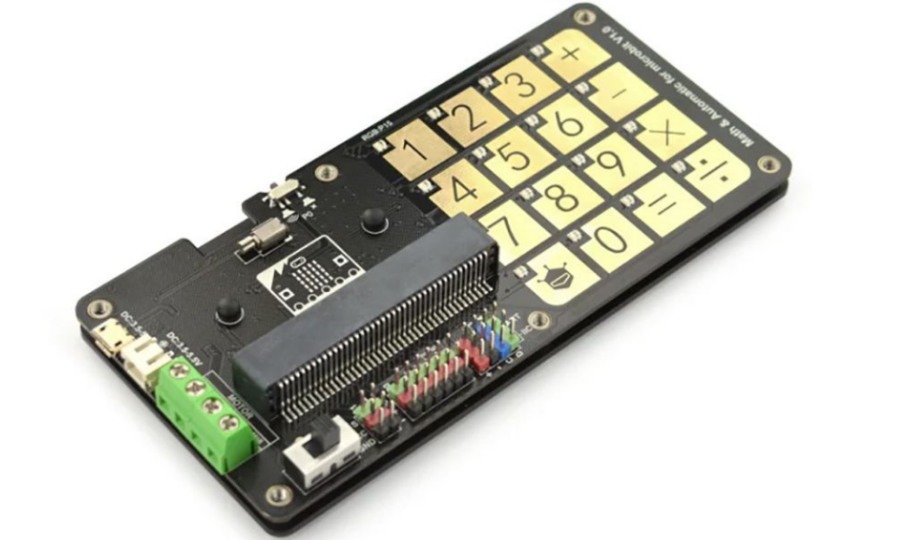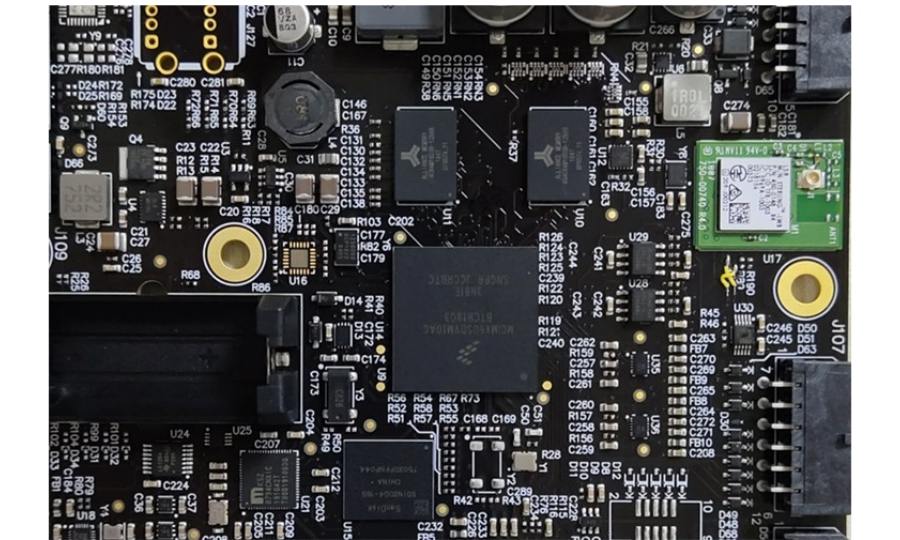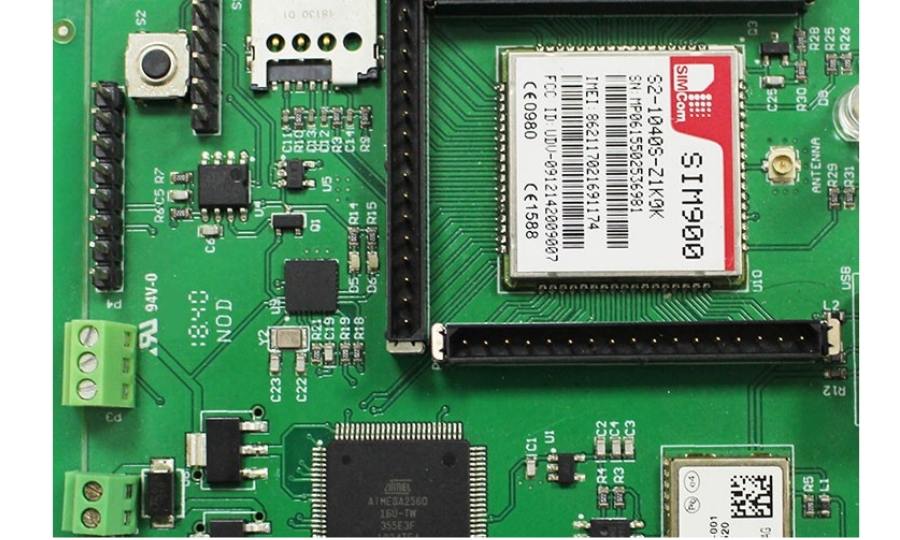Electronic Contract Manufacturing: Benefits, Process & Cost Guide
At RayMing, we streamline contract manufacturing through efficient processes, optimized supply chains, and consistent delivery of high-quality finished products.
Introduction
Electronic Contract Manufacturing (ECM), also known as Electronics Manufacturing Services (EMS), has evolved into a $504.2 billion global industry that’s projected to reach $707.5 billion by 2030. This explosive growth reflects the increasing complexity of modern electronics and the strategic advantages that outsourcing manufacturing provides to companies worldwide.
In today’s technology-driven economy, businesses face mounting pressure to innovate rapidly while controlling costs and maintaining quality. Electronic Contract Manufacturing offers a compelling solution, enabling companies to leverage specialized expertise, advanced manufacturing capabilities, and economies of scale without massive capital investments.
This comprehensive guide explores everything you need to know about Electronic Contract Manufacturing, from its fundamental benefits and detailed processes to cost considerations and strategic implementation. Whether you’re a startup developing your first electronic product or an established OEM looking to optimize manufacturing operations, this guide provides the insights needed to make informed decisions about electronic contract manufacturing partnerships.
What is Electronic Contract Manufacturing?
Electronic Contract Manufacturing refers to the practice where specialized companies design, manufacture, test, distribute, and provide return/repair services for electronic components and assemblies on behalf of Original Equipment Manufacturers (OEMs). These contract manufacturers, often called CEMs (Contract Electronics Manufacturers) or EMS providers, serve as strategic partners that handle the complex production processes while allowing OEMs to focus on core competencies like research, development, and marketing.
Key Components of Electronic Contract Manufacturing
Electronic Contract Manufacturing encompasses a comprehensive range of services that can be tailored to specific business needs:
Design and Engineering Services
- Printed Circuit Board (PCB) design and layout optimization
- Design for Manufacturing (DFM) feedback to improve quality and reduce costs
- Product development and prototyping
- Systems integration and mechanical design
Manufacturing Operations
- PCB fabrication and assembly using SMT (Surface Mount Technology) and through-hole insertion
- Component sourcing and procurement
- Box build services including complete product assembly
- Custom enclosure fabrication
Quality Assurance and Testing
- AOI (Automated Optical Inspection), X-ray inspection, and functional testing
- In-circuit, functional, environmental, and agency compliance testing
- Quality management systems and certifications
- Burn-in testing and reliability validation
Supply Chain and Logistics
- Materials management and inventory optimization
- Packaging, labeling, and distribution services
- After-sales support and repair services
- Warranty management
The Electronic Contract Manufacturing Process
Understanding the ECM process is crucial for successful partnerships. The manufacturing journey typically follows these structured phases:
Phase 1: Design and Development
The process begins with design and engineering services where ECM providers offer design assistance to refine product concepts and ensure manufacturability. This collaborative phase includes:
- Initial design review and optimization
- DFM analysis to identify potential manufacturing challenges
- Prototype development and testing
- Component selection and qualification
- Supply chain analysis and risk assessment
Phase 2: Pre-Production Planning
Manufacturing planning aims to engineer the production, transforming it into a set of defined and highly optimized processes. This phase involves:
- Production workflow design
- Equipment setup and calibration
- Operator training and certification
- Quality control procedures establishment
- Test fixture development
Phase 3: Production and Assembly
The production process typically involves SMT and THT (Through Hole Technology) assembly, depending on the specific requirements:
- Solder paste application
- Component placement using pick-and-place machines
- Reflow soldering
- Initial quality inspection
THT Assembly Process:
- Component insertion
- Wave soldering or selective soldering using lead-free processes
- Cleaning and finishing operations
- Secondary assembly operations
Phase 4: Testing and Quality Control
Rigorous testing and quality assurance are integral to ECM, with providers performing various checks including functional testing, burn-in testing, and automated optical inspection:
- In-circuit testing (ICT)
- Functional and performance testing
- Environmental stress testing
- Final quality inspection
- Documentation and traceability
Phase 5: Packaging and Delivery
The production batch is organized within appropriate packaging, often composed of different layers of protection:
- Product packaging and labeling
- Quality documentation preparation
- Logistics coordination
- Delivery to customers or distribution centers
Core Benefits of Electronic Contract Manufacturing
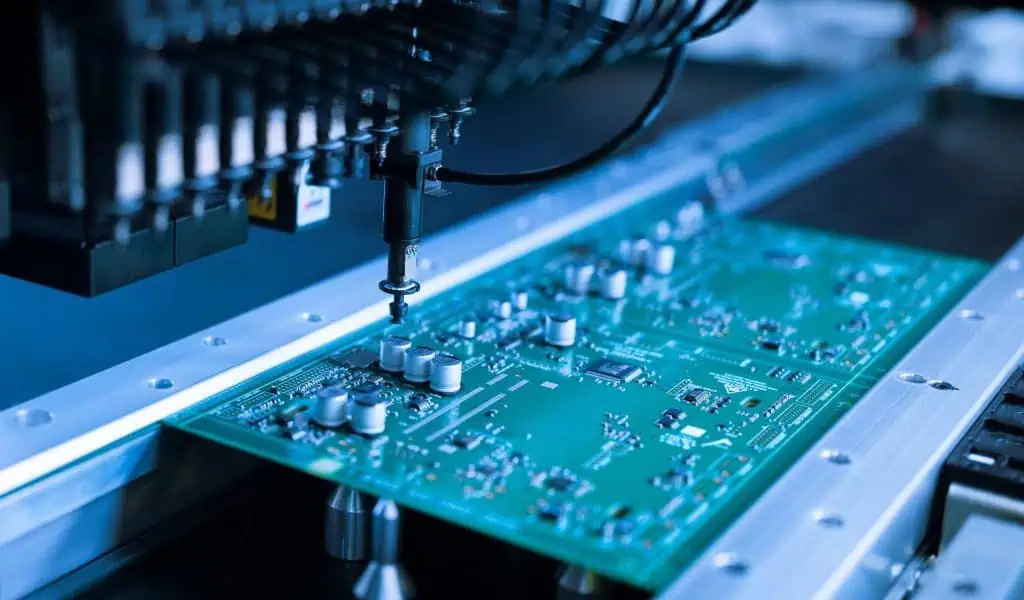
Electronic Contract Manufacturing offers compelling advantages that have driven its rapid adoption across industries. Understanding these benefits helps organizations make informed decisions about manufacturing strategies.
Cost Efficiency and Capital Optimization
Outsourcing to electronic contract manufacturers reduces labor and infrastructure costs by up to 50% compared to in-house production. This significant cost reduction stems from several factors:
Eliminated Capital Investments
- Companies save on facility costs, equipment purchases, and specialized tooling investments
- Reduced need for manufacturing infrastructure development
- Lower working capital requirements for inventory management
Operational Cost Savings
- Lower material costs through volume pricing and established supplier relationships
- Reduced waste through optimized manufacturing processes
- Savings on labor expenses including wages, training, and benefits
Economies of Scale
- Contract manufacturers specialize in large economies of scale in manufacturing and raw materials procurement
- Shared overhead costs across multiple customers
- Volume discounts on components and materials
Enhanced Flexibility and Scalability
EMS electronics allows businesses to adapt production volumes to market demand, enabling small-batch runs or high-volume output without fixed costs. This flexibility provides:
Production Scalability
- Rapid volume adjustments based on market demand
- Ability to handle both low-volume, high-mix and high-volume, low-mix production
- Quick response to market opportunities
Geographic Flexibility
- Access to global manufacturing networks
- Reduced supply chain risks through diversification
- Local market proximity for reduced shipping costs
Access to Specialized Expertise and Technology
Contract manufacturers provide access to specialized skills, advanced technology, and certifications, ensuring high-quality manufacturing:
Technical Expertise
- Professional quality control procedures and process optimization
- Advanced manufacturing technologies and equipment
- Industry-specific knowledge and certifications
Innovation and Development
- Collaborative engineering toward innovation and better products
- Access to latest manufacturing technologies
- Continuous process improvement capabilities
Accelerated Time-to-Market
Time to market for any new product is crucial, and electronic contract manufacturers accelerate the entire process by cutting down on production time:
Streamlined Development
- Integrated services and cross-industry experience eliminate bottlenecks
- Parallel development and manufacturing preparation
- Faster prototype-to-production transitions
Operational Efficiency
- Streamlined production and specialized equipment help reduce errors and keep projects on schedule
- Established supply chains and vendor relationships
- Proven manufacturing processes and procedures
Risk Mitigation and Focus on Core Competencies
Electronics contract manufacturers help reduce the risk of manufacturing failures, supply chain disruptions, and logistical issues:
Risk Reduction
- Diversified supply chain management
- Compliance with industry standards and regulations
- Quality assurance and liability sharing
Strategic Focus
- Companies can focus on core competencies while leaving manufacturing to experts
- Enhanced R&D investment capabilities
- Improved market positioning and customer service
Cost Factors and Pricing Models in Electronic Contract Manufacturing

Understanding the cost structure and pricing models used in Electronic Contract Manufacturing is essential for effective budgeting and vendor selection. Electronic contract manufacturers typically use “cost plus” pricing, where they estimate their costs and add profit.
Primary Cost Components
Material Costs
- Material cost, material inventory reserve/adjustments/scrap, material freight-in costs, and material duty costs
- Component pricing varies based on volume, specifications, and market conditions
- Volume discounts make a significant difference, with cost per unit decreasing as production amounts increase
Labor and Manufacturing Costs
- Direct labor and material overhead costs
- Assembly complexity and technology requirements
- Geographic location and local labor rates
Design and Engineering Factors Several factors influence cost estimation including number of components, type of components, number and size of holes necessary, and whether assembly is single or double-sided:
- Component count and complexity
- PCB layer count and technology requirements
- Special finishes and protective coatings
- Testing requirements and certification needs
Pricing Models and Margin Structures
Cost-Plus Pricing Structure Margin is calculated as cost divided by (1 – Margin %), while markup is calculated as cost times (1 plus Markup %). For example:
- A product with $540 cost and 25% margin would price at $720 (540 divided by .75)
- With 25% markup, the same product would price at $675 (540 times 1.25)
Volume-Based Pricing Tiers
- As contract manufacturing production volume increases, contractual profits per unit increase due to distributed fixed costs
- Initial profit per unit is low due to high fixed costs including non-recurring engineering (NRE) and extended non-recurring engineering (ENRE) costs
Cost Optimization Strategies
Domestic vs. Offshore Manufacturing While overseas facilities may offer lower labor costs, when factoring in shipping, customs, tariffs, and potential quality issues, domestic electronic contract manufacturers often provide better overall value:
- Reduced shipping and logistics costs
- Improved communication and quality control
- Faster response times and reduced lead times
- Lower risk of counterfeit components
Cost Reduction Opportunities Industry analysis shows potential savings of 5% to 15% of total program cost through proper cost modeling and negotiation:
- Strategic volume planning and forecasting
- Design optimization for manufacturability
- Component standardization and qualification
- Supply chain optimization and risk management
Industries and Applications

Electronic Contract Manufacturing serves diverse industries, each with unique requirements and regulatory considerations:
Consumer Electronics
Smartphones, smartwatches, and home automation devices represent major market segments requiring:
- High-volume production capabilities
- Rapid design-to-market cycles
- Cost optimization for competitive pricing
- Consumer safety and regulatory compliance
Automotive Electronics
Electronic control units (ECUs), sensors, and infotainment systems demand:
- Automotive-grade component qualification
- Environmental testing and validation
- Long-term supply chain stability
- Quality standards compliance (ISO/TS 16949)
Medical Devices
Medical devices, diagnostic equipment, and wearable health monitors require:
- FDA compliance and medical device regulations
- Biocompatibility and sterilization considerations
- Traceability and documentation requirements
- Risk management and quality systems (ISO 13485)
Telecommunications
Network equipment, antennas, and routers need:
- High-frequency design expertise
- Electromagnetic compatibility (EMC) compliance
- Reliability for critical infrastructure
- Security and data protection considerations
Industrial and IoT Applications
Manufacturing automation, sensors, and industrial controls require:
- Industrial environment durability
- Long product lifecycles and support
- Custom integration capabilities
- Industry 4.0 connectivity features
Selecting the Right Electronic Contract Manufacturing Partner
Choosing the appropriate ECM partner is crucial for project success. Key evaluation criteria include:
Technical Capabilities and Certifications
- Quality certifications such as ISO 13485:2016, ISO 9001:2015, FDA registration, and IPC compliance
- Technology expertise and equipment capabilities
- Design and engineering support services
- Testing and validation capabilities
Capacity and Scalability
US-based EMS providers generally operate on “low-volume, high-mix” approaches, while Asian providers focus on high-volume production:
- Production volume capabilities and flexibility
- Geographic presence and logistics support
- Supply chain management and sourcing capabilities
- Quality management systems and procedures
Industry Experience and References
- Relevant industry experience and certifications
- Customer references and case studies
- Track record of successful project delivery
- Innovation and continuous improvement capabilities
Financial Stability and Business Model
- Financial strength and stability
- Transparent pricing models and cost structures
- Intellectual property protection policies
- Long-term partnership approach
Future Trends and Innovations
The Electronic Contract Manufacturing industry continues evolving with technological advancements:
Industry 4.0 Integration
ECM will be shaped by Industry 4.0 technologies, such as IoT, 5G connectivity, and edge computing, enabling intelligent manufacturing with increased automation and data analytics:
- Smart manufacturing and predictive maintenance
- Real-time production monitoring and optimization
- Advanced robotics and automation
- Digital twin technology implementation
Sustainability and Environmental Responsibility
The shift toward eco-friendly manufacturing practices influences material choices, waste reduction, and energy efficiency:
- Green manufacturing processes and materials
- Circular economy principles adoption
- Carbon footprint reduction initiatives
- Sustainable supply chain management
Advanced Technologies Integration
Integration of automation, AI, IoT, and digital tools is transforming manufacturing efficiency and quality control:
- Artificial intelligence in quality control
- Machine learning for process optimization
- Advanced materials and manufacturing techniques
- Cybersecurity for connected manufacturing
Challenges and Risk Management
While Electronic Contract Manufacturing offers significant benefits, organizations must address potential challenges:
Intellectual Property Protection
Contract manufacturers may gain access to sensitive information and proprietary technology, requiring careful IP protection strategies:
- Comprehensive non-disclosure agreements (NDAs)
- Limited access to sensitive design information
- Secure data transfer protocols
- Legal frameworks for IP protection
Quality Control and Consistency
Ensuring consistent quality across large volumes can be challenging due to differences in materials, processes, and equipment:
- Robust quality management systems
- Regular audits and inspections
- Clear quality specifications and metrics
- Continuous improvement processes
Supply Chain Risk Management
- Component obsolescence management
- Geopolitical and economic risks
- Natural disaster and pandemic preparedness
- Supplier diversification strategies
Conclusion
Electronic Contract Manufacturing represents a strategic approach to modern electronics production, offering compelling benefits including cost reduction, enhanced flexibility, access to specialized expertise, and accelerated time-to-market. With the market expected to grow from $571.63 billion in 2025 to $818.42 billion by 2029, ECM continues gaining importance as companies focus on core competencies while leveraging specialized manufacturing capabilities.
Success in Electronic Contract Manufacturing requires careful partner selection, clear communication of requirements, and ongoing collaboration to optimize processes and outcomes. Organizations that strategically implement ECM partnerships can achieve significant competitive advantages through improved product quality, reduced costs, and faster market introduction.
As technology continues advancing and market demands evolve, Electronic Contract Manufacturing will remain a vital component of successful electronics development and production strategies. Companies that embrace this model while carefully managing associated risks will be well-positioned to thrive in the increasingly competitive electronics marketplace.
The future of Electronic Contract Manufacturing looks promising, with continued technological innovation, sustainability focus, and Industry 4.0 integration driving new capabilities and opportunities. Organizations considering ECM partnerships should evaluate their specific needs, research potential partners thoroughly, and develop comprehensive partnership strategies to maximize the benefits of this powerful manufacturing approach.

